(ECNS) -- With 56.53 million hectares of wetland, China has become one of the countries boasting the richest variety in the world.
Wetland protection and restoration has been carried out in line with the national wetland protection planning scheme (2022-2030).
Bird lover Yang Bin from Dongying, Shandong Province, has observed two large populations of red-crowned cranes, a national first-class protected animal at the Yellow River Delta National Nature Reserve in Shandong.
“You might see one or two red-crowned cranes a few years ago, but now you can see their obvious increase these years,” said Yang.
According to Zhou Licheng, director of the Scientific and Research Center of the Yellow River Delta National Nature Reserve, since last year, over 7,300 hectares of saltmarsh cordgrass have been weeded out, 1,500 hectares of suaeda salsa and 50 hectares of seaweed beds have been restored, and wetland restoration has been carried out.
The wetland area of the Yellow River estuary is increasing continuously and biodiversity is growing richer, said Zhou.
At present, a total of 282,000 mu (about 18,800 hectares) of wetland at the reserve has been restored, attracting millions of migrant birds every year.
Another wetland in China, Shengjin Lake National Nature Reserve in Anhui, has been listed in the List of Ramsar Wetlands of International Importance in 2015. Migrant birds gather here to prepare for their migration to the north.
In addition, in January this year, there were more than 110 species of birds in the Minjiang River estuary wetland in Fujian Province, with a total of more than 15,000 birds. Among them, 16 species are under national key protection.








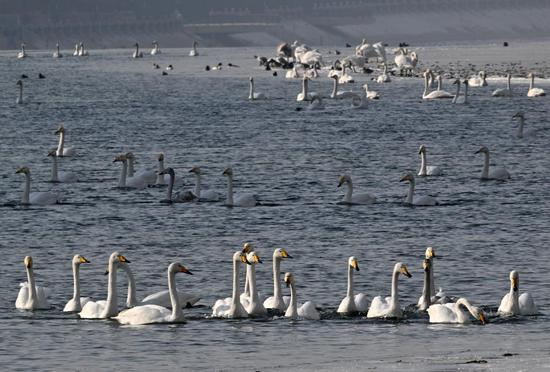


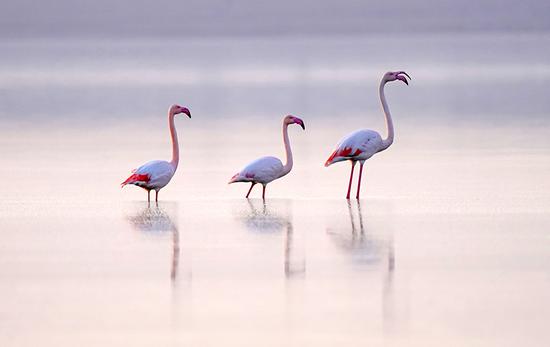

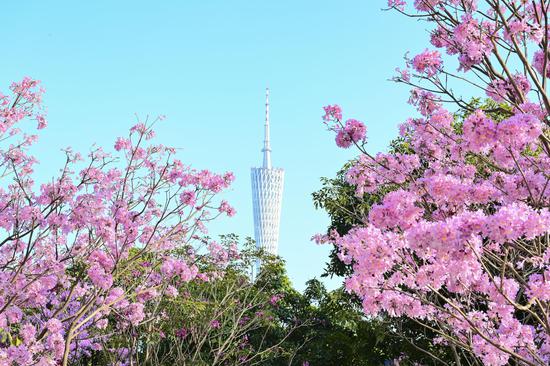


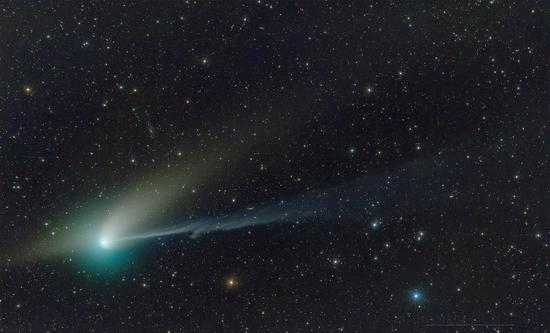

















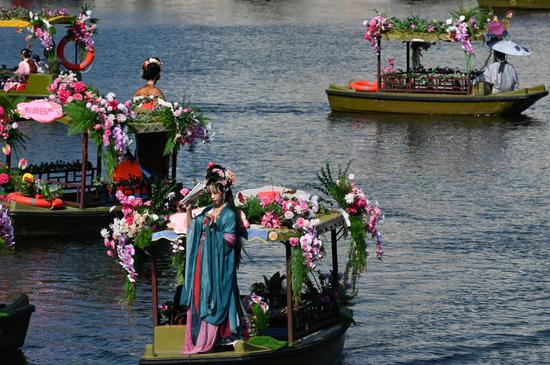

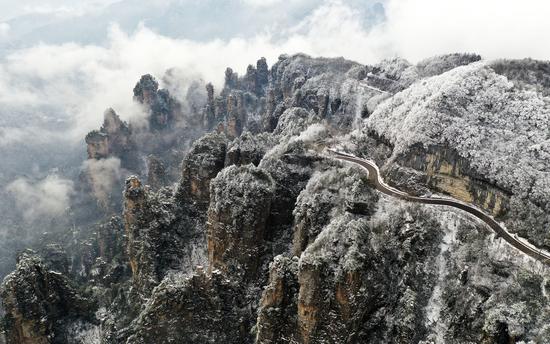



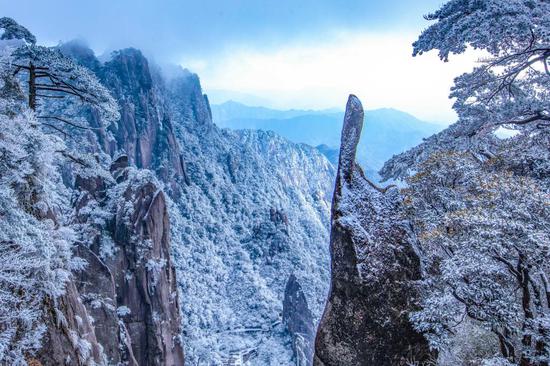







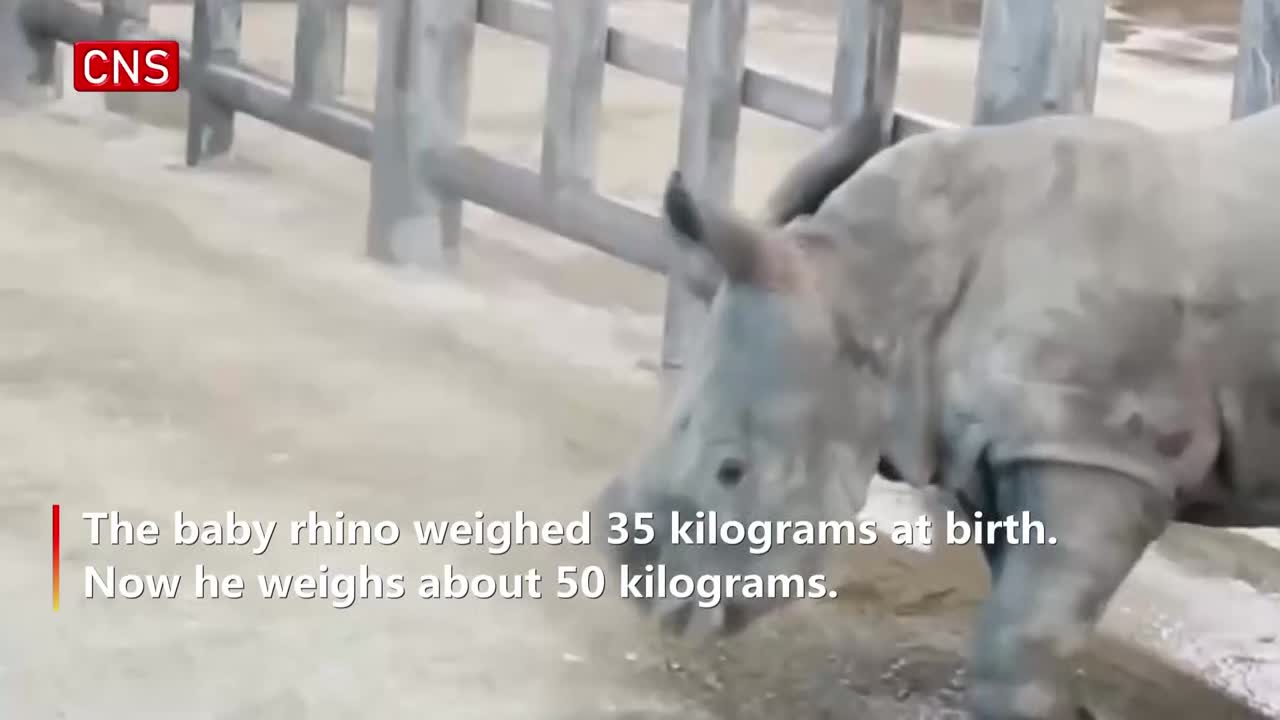

 京公网安备 11010202009201号
京公网安备 11010202009201号